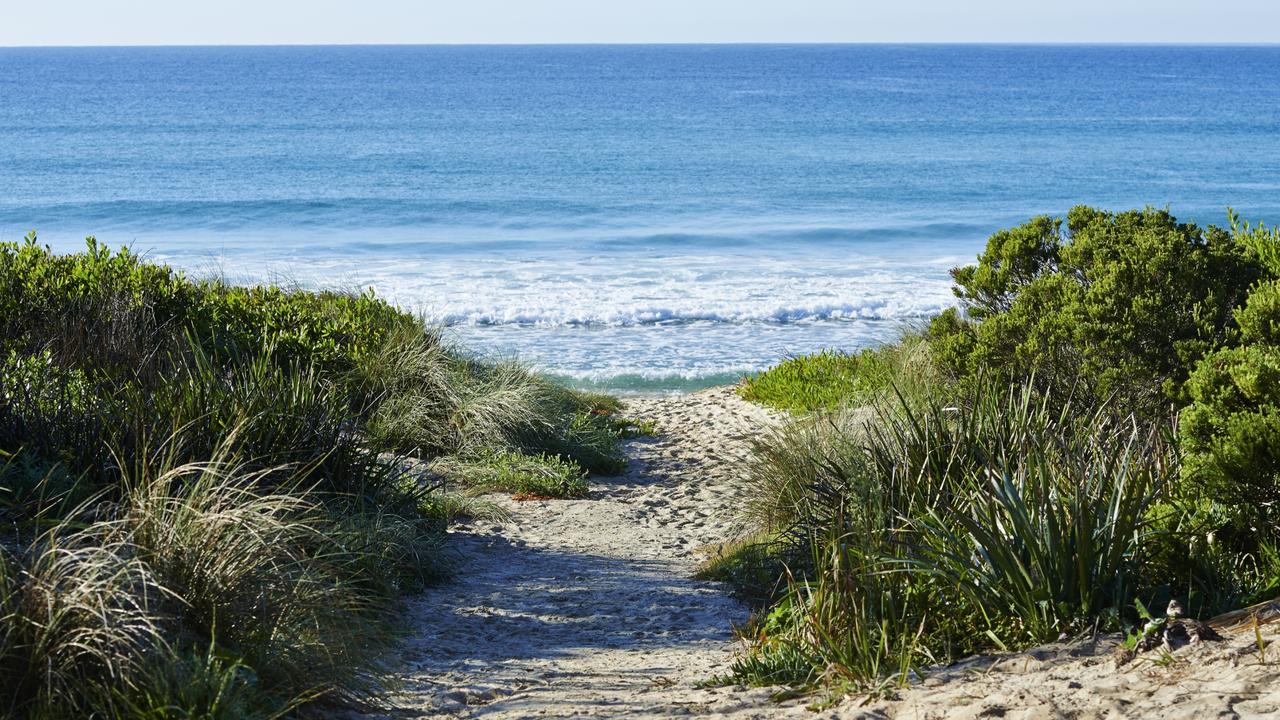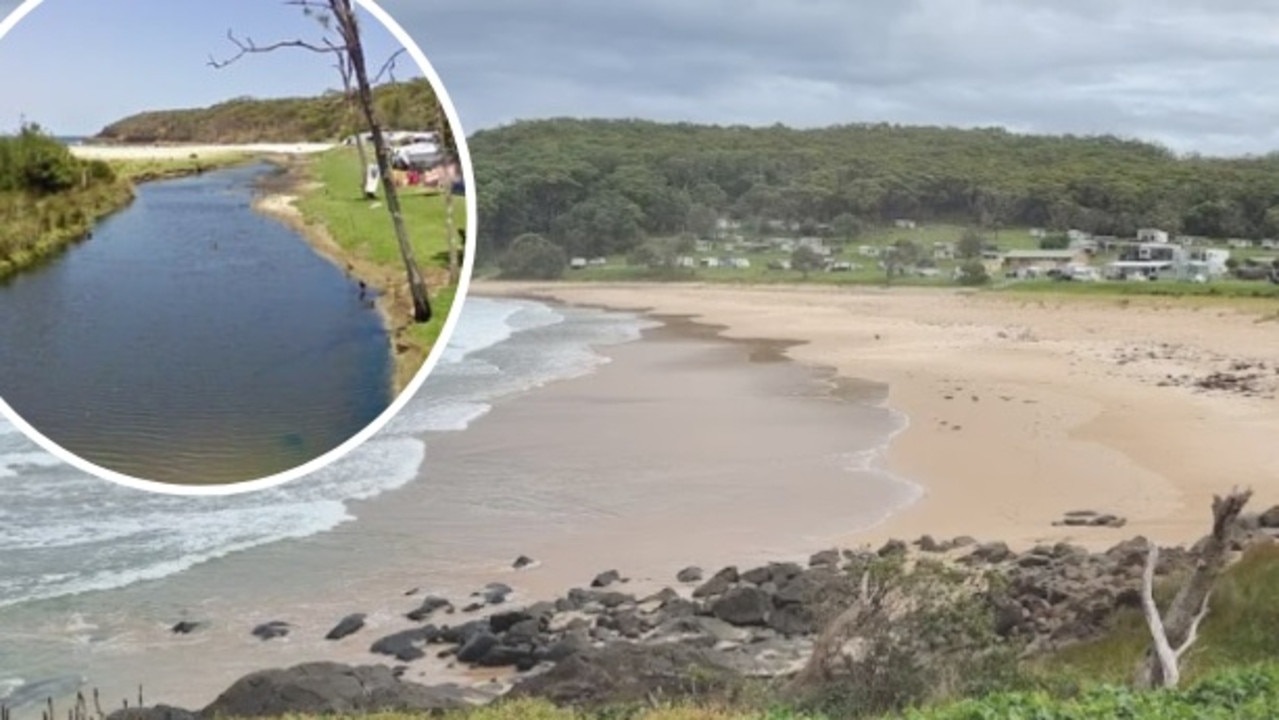South Coast conservationists bet on boost in public access to aid in shoreline restoration
New images reveal the transformative work underway at an idyllic Far South Coast seaside spot as conservationists strive to preserve the ecosystem by enhancing public access, not restricting it.
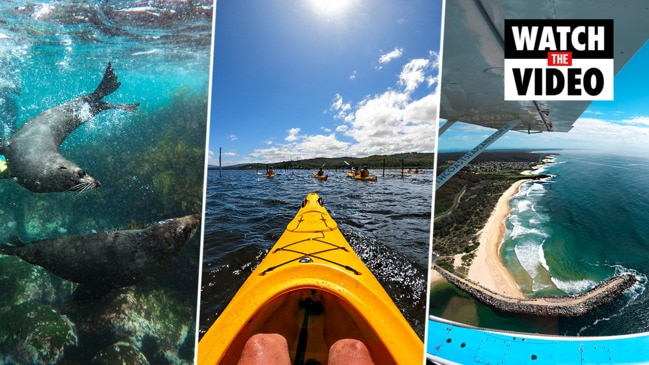
The South Coast News
Don't miss out on the headlines from The South Coast News. Followed categories will be added to My News.
Efforts to preserve and revitalise damaged shoreline on the Far South Coast have received a boost after the NSW Government announced it would pledge nearly half a million dollars to multiple council projects.
The Eurobodalla Shire Council voted unanimously at its ordinary session on June 16 to accept the State Government grants, which would go to projects at Mossy Point, Narooma, and Tuross Head.
The projects, while myriad, are aimed at restoring damaged infrastructure and local ecosystems by boosting accessibility, which will include better beach access near Tuross Heads and wharf upgrades.
While he did express some reservation about the project’s impact on traffic congestion at the popular Mossy Point, Councillor Anthony Mayne said the $40,000 jetty upgrade there was “really significant”.
“By enhancing this wharf, it will make it easier and more encouraging for users in the area,” he said.
At Wagonga Inlet near Narooma, years of damaging surf and storm events have left the area eroded, while an ageing seawall – a bygone example of failed environmental protects – is in need of a replacement.
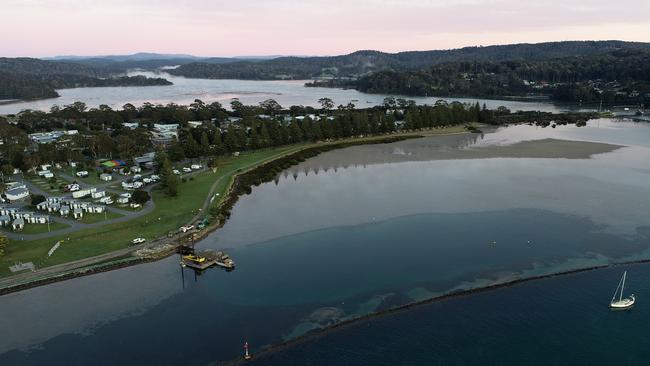
The long-gestating Wagonga Inlet Living Shoreline project hopes to address those issues, and more, after benefiting from $310,000 in NSW Government funding, the lion’s share of the recent cash splash.
The collaborative project between council, NSW DPI Fisheries, The Nature Conservancy Australia (TNC), and the Federal Government will involve transforming and restoring a section of the shoreline between the Narooma Swimming Centre and Ken Rose Park.
TNC Australia South East oceans manager Kirk Dahle said the project embodied the organisation’s mantra of “humans and nature thriving together”, and would allow for better public access to the inlet.
“This project is one where we are restoring lost habitats that bring a lot of biodiversity to the waterways, and to the South Coast, but doing it in a very a very public space, right in front of the holiday park,” he said.
“A lot of the aspects of the project are designed to bring people into the restoration project. There’s going to be a viewing boardwalk and a platform with informational signage.
“It will be a jetty that really encourages people to actually enter and see what’s going on rather than it being some remote, removed site. I think that’s probably the most novel and exciting project component for me.”
One element of the project is to replace an ageing seawall located near the inlet with a new, nature-based solution, involving a saltmarsh habitat and native vegetation.
“What we’re doing is showing what conservation can actually achieve on a practical front by stopping erosion through re-establishing bank habitat that was lost when the site was developed,” Mr Dahle said.

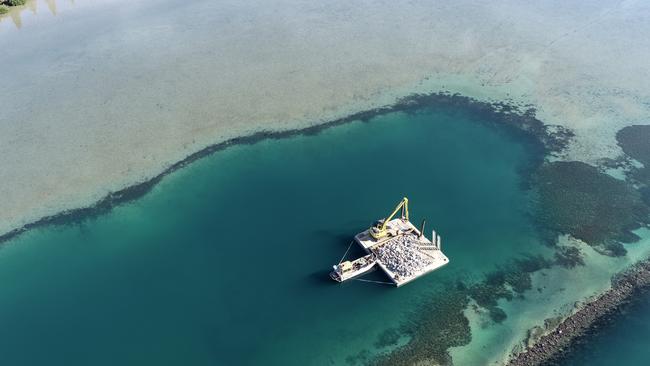
“It’s really important to show people that conservation can have very practical outcomes. We get a two-fold return on the investment then; we protect the area from erosion and also get better biodiversity and a more scenic location.”
The replacement of the ocean wall will also entail the construction of new oyster reefs that will home intertidal Sydney rock oysters, and nearby, native flat oysters.
Mr Dahle said the shellfish will help in regeneration, stating that research has shown biodiversity can increase by some 500 per cent as a result of oysters being introduced into the area.
That has a flow-on effect to seabirds and other wildlife that frequent the area.
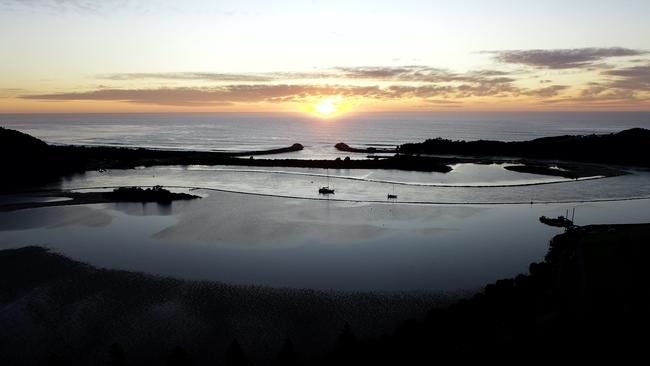
Work on the reef began in June 2022, with 1700 sq m of intertidal Sydney Rock Oyster reef habitat and 1000 sq m of subtidal native flat oyster reef habitat being installed.
Work on the shoreline projects, including the boardwalk, is expected to begin around August.



